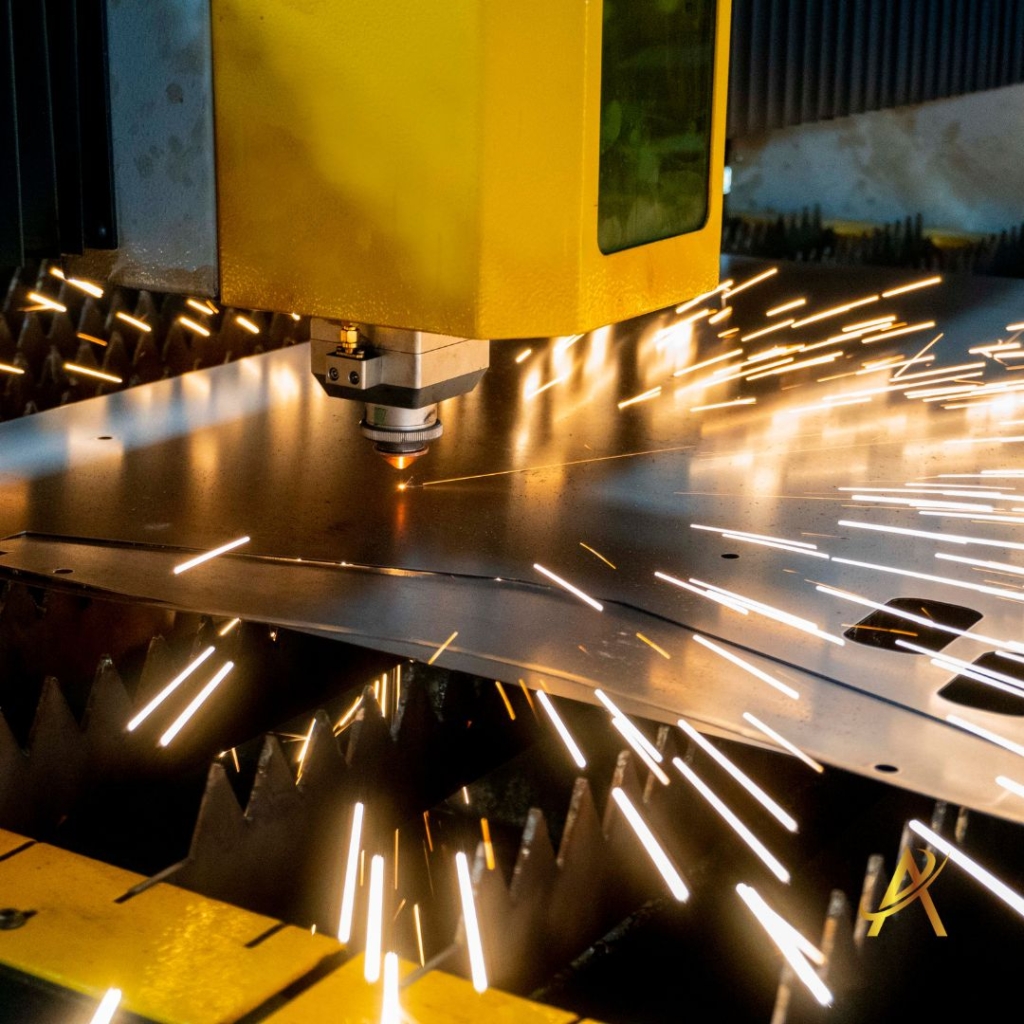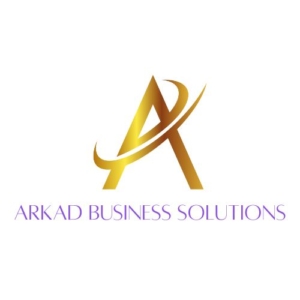
For manufacturing businesses, optimizing tax strategies can lead to substantial savings. One powerful yet often underutilized strategy is conducting a cost segregation study. As we head into the last quarter of the year, here’s why you should consider this approach:
What is Cost Segregation?
Cost segregation is a tax planning tool that allows businesses to accelerate depreciation deductions on certain property components. By reclassifying assets into shorter depreciation periods, manufacturers can significantly increase their cash flow and reduce their tax burden.
Benefits for Manufacturers:
- Accelerated Depreciation By identifying and reclassifying assets such as machinery, electrical systems, and flooring, you can depreciate these components over 5, 7, or 15 years instead of the standard 39 years. This leads to larger deductions in the earlier years of ownership.
- Improved Cash Flow Accelerated depreciation results in immediate tax savings, enhancing your cash flow. This additional capital can be reinvested into your business for upgrades, expansion, or other growth initiatives.
- Tax Deferral By front-loading depreciation deductions, you effectively defer taxes, allowing you to use the money saved for other operational needs or investments.
The Expiring Gift of Bonus Depreciation
The full 100% bonus depreciation tax benefit ended on Dec. 31, 2022, and will continue to ramp down by 20 points annually through 2026. This is the perfect time for manufacturers to greatly soften the economic impact of large-ticket capital equipment purchases and bonus depreciation that you have relied on to lower their taxes regularly. But the clock is ticking.
Why Wait for The Tax Savings On Your Commercial Building?
Considering a cost segregation study is the best move if you’ve built, expand, acquire or consolidate your physical premises in the past 10 years or plan to build. A cost segregation study accelerates depreciation expense by classifying specific building components, such as electrical and plumbing systems, as personal property. Manufacturers can depreciate these over five, seven or 15 years rather than 39 years for commercial buildings and take advantage of those dollar saving today rather in some 39 yrs in the future to reinvest, expand, pay off debt, put into retirement savings, and grow. Best yet, there is no repayment requirement.
To conduct a cost segregation study, it’s essential to work with a qualified professional who can analyze your property and identify reclassification opportunities. We have been saving our manufacturing clients on average approx. $255k per/property. The investment in a study often pays for itself through the tax savings achieved.
The Fall is an ideal time to plan for a cost segregation study, ensuring you maximize your tax benefits before year-end. Reach out to a tax expert to explore how this strategy can benefit your manufacturing business and improve your financial health.

 Arkad Business Solutions
Arkad Business Solutions Arkad Business Solutions
Arkad Business Solutions